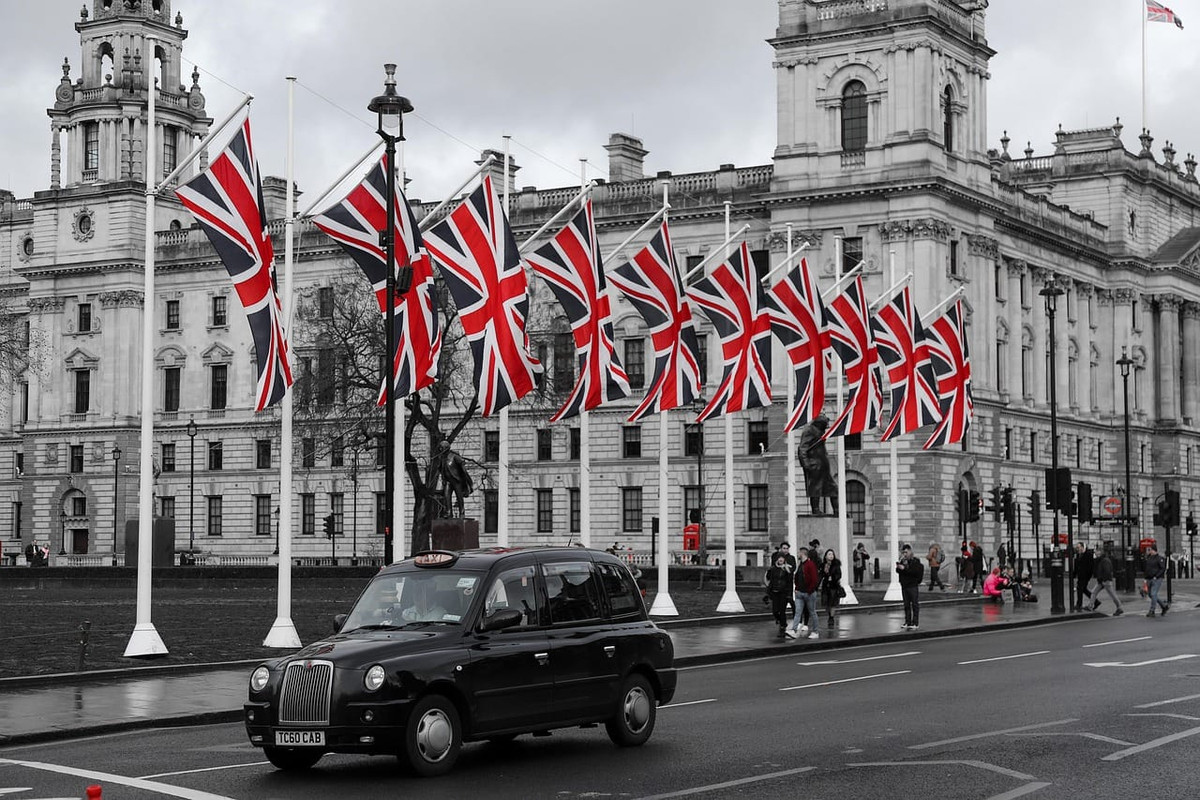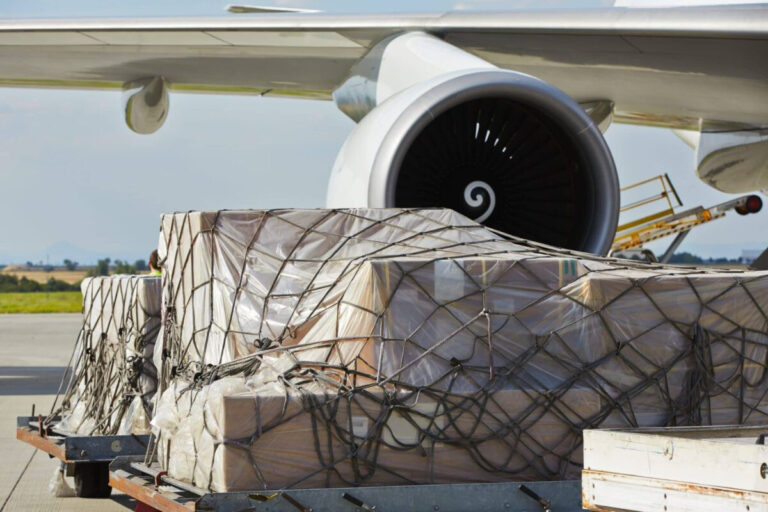
The 51st Annimal Transport Association (ATA), which was held in Doha, Qatar, collected industry leaders, airlines, organizers, and logistical service providers to address the advanced scene of animal transportation. With the increase in organizational scrutiny, capacity restrictions, and increasing promotion of digital transformation, the conference presented a basic platform to discuss the future of logistics services (animal transport).
“The live transportation sector for live animals is at a crossroads,” said Sean Harding, head of ATA and Business Logistics.
“We are witnessing unprecedented regulatory changes, volatile market dynamics, and the urgent need for technological developments to ensure safe, effective and human transportation of animals around the world.”
Among the most discussed topics in the conference were the proposed changes in the European Union’s legislation regarding animal luxury in transportation.
ATA works closely with the European Commission, where it defends practical and based policies on science that guarantee compliance and operational feasibility.
“Our cooperation with the European Union Committee was proactive,” Harding said. “We guarantee hearing the sounds of industry, and any new regulations balance between social welfare considerations with logistical challenges in the real world. Legislation under discussion can reshape the way AVI shipments are managed in the coming years, and we need to be prepared.”
With organizational changes on the horizon, the conference presented an open forum for dialogue between industry experts and policy makers. Harding stressed that ATA will continue to provide guidance and support to its members who move in these complex changes.
Lack of capacity and high costs
One of the main concerns that was raised at the conference was the limited availability of charging compatible with AVI, which increases operational challenges and increased charging rates. The continuous shortage of the area of goods on passenger planes, as well as turmoil in the main commercial corridors, created a difficult scene for companies that depend on animal live transportation.
“The pressure on the goods area was one of the biggest challenges in the past year,” Harding.
“The shipping rates for AVI shipments have increased, and we expect this trend to continue in 2025. The industry needs a greater AVI capacity, but at the same time, airlines must guarantee their infrastructure, operations and equipment with advanced luxury regulations.”
Another large pressure point is geopolitical instability, with conflicts in the Middle East leading to the abolition of flying and its prohibition on specific commercial corridors. In addition, the most strict security regulations in the United States and Canada have increased compliance costs, which increased AVI operations.
“These security measures have added a new layer of complexity to our industry,” Harding. “Compliance is necessary, but it must be implemented in a way that does not hinder operational efficiency or increases pressure on the animals that are transported.”
One of the biggest opportunities for the sector lies in digitization and automation. ATA reaffirmed its commitment to the IATA digital charging strategy, which aims to simplify the operations of the AVI supply chain through better data sharing technologies, electronic documentation, and tracking technologies.
“We cannot continue to rely on old systems,” Harding.
“The future of live animal transport lies in digitization. By actual time tracking, automatic documents, improving the supply chain driven by artificial intelligence, we can enhance efficiency, reduce paperwork, and reduce delay.”
The conference highlighted the role of digital platforms in improving vision through the supply chain, allowing stakeholders to monitor temperature conditions, timer tables, and organizational compliance more effectively.
Harding added: “Sensitive shipments such as live animals require accuracy and coordination,” Harding added. “Reduces digitization from human error, improving pathway planning, and ensuring the reaches of the best possible condition.”
The ATA conference also presented the main investments by airlines that aim to enhance live animal transportation capabilities. Many transport companies make significant improvements in the infrastructure, equipment and handling of AVI.
- Qatar Airways shipments launched its center on the latest model at Hamad International Airport, designed to set new standards in the industry. The ATA has had the opportunity to take a tour of the facility, which includes climate -controlled contracts, allocated AVI processors, and advanced monitoring technology.
- The American Airlines Cargo has invested $ 45 million to update its goods station at JFK Airport, especially focusing on enhancing travel services for pets and livestock. This initiative is implemented in partnership with British Airways to create the AVI series transfer experience across both networks.
- Cathay Pacific Cargo has also revealed plans to expand the Hong Kong charging station, especially focusing on improving conditions for the transportation of live animals.
“These investments are necessary,” Harding note. “As an industry, we must continue to press for better facilities, better trained employees, and a better infrastructure to support live and effective animal transportation. Airlines that fail to invest in these improvements will struggle to meet the high standards of social welfare and organizational requirements.”
The future of transporting animals by air
With organizational transformations, technological progress and market pressure, the Avi industry passes with a period of great transformation. The ATA 2025 conference explained that cooperation between airlines, organizers and logistical service providers will be very important in shaping a sustainable and effective future for live live transport.
Harding concluded that “the challenges are real, but also opportunities.” “By working together, investing in digitization, expanding capabilities, and organizational participation, we can develop a new criterion for AVI-is a priority for animal well-being, operational efficiency, and long-term sustainability.”
Through discussions on emerging technology, advanced legislation, and capabilities restrictions, this year’s ATA conference in Doha was a prominent sign of the industry path for 2025 and beyond. This event strengthened the importance of innovation, organization and investment in building a more flexible and ready -made animal sector in the future.


